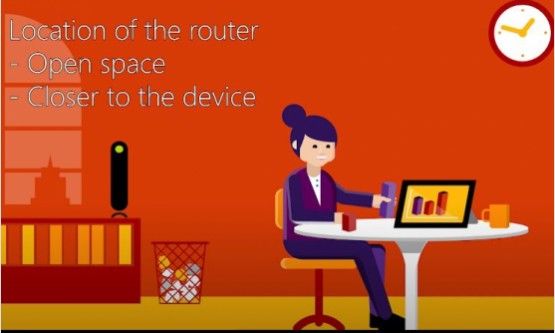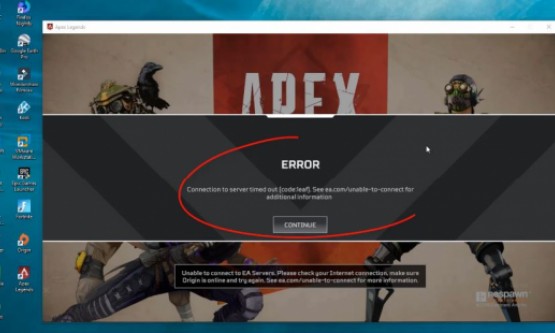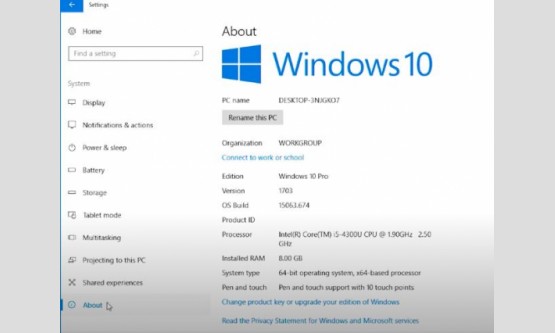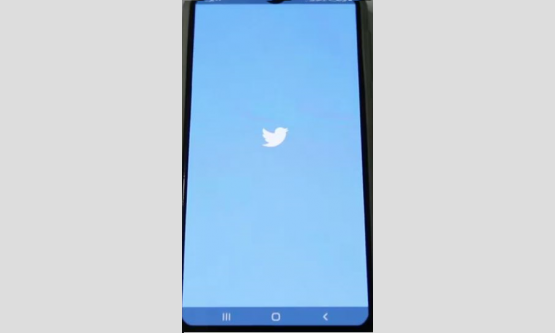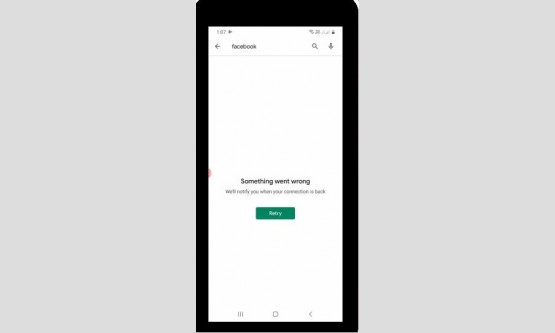
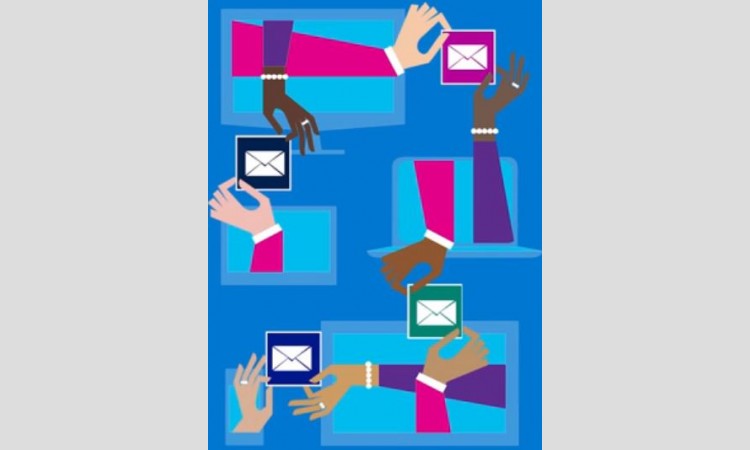
Windows Defender, a built-in security app for Windows. Today
millions of users continue to encounter tech scams every day. In today's safety
video, we’ll show you how to recognize emails and chat scams that fraudsters
employ, good practices for dealing with these red flags and steps you can take
to avoid future scams. There are now more than 4 billion email addresses, used
by 2.5 billion people. 200 billion emails are sent every day, and most of these
are unsolicited. Used to be that junk mail only came in your physical mailbox.
And this is no different, except now it's sent to your online mailbox. Email's
a common way for scammers to get to you.
They pretend to be from companies you know or do business
with. If you get an email from a reputable company, keep a look out for things
like the firm email address, strange characters in the email, threats, blurry
images, misleading links and any obvious typos. Here's a few email safety tips.
Don't respond or call any numbers in a mail, don't open links or attachments,
use an email spam, junk or clutter filter, only give your primary email address
to people you know. Scammers might try to contact you through social media or
chat programs. They may even pretend to be someone you know. Here's a few tips
for chat programs. Be wary of easy cash offers. Don't give out personal
information. Be alert when you receive a request from people you don't know.
Review the profile of anyone sending you a request. Keep your messaging program
up to date. Block and report solicitors. Be mindful of the behavior you exhibit
online. Be aware of your privacy settings for the social sites you use. Be
aware of what you share online, especially personal information. And if it
sounds too good to be true, it probably is. If you lose control of your PC to
scammers, please do one of the following.
Shut down your PC by holding the power button until the PC
turns off. Then power back on or hit Ctrl + Alt + Delete and select Task
Manager, then select the web browser and End Task. If you receive an email or a
chat and feel uncertain whether it's from someone at Microsoft, don't take the
risk. If you think that you might have downloaded Malware from a tech support
scam website, or allowed a cybercriminal to access your computer, take these
steps. Apply any security patches as soon as they're available. Change the
password on your computer, email accounts, and any financial accounts. Do a
full scan of your computer. If you're using Windows 8 or Windows 10, you
already have Windows Defender.
If you're using an older version, you can download Microsoft
Security Essentials for free. Scammers are upping their game everyday. The best
defense is to know what to look for. Back up your files and keep your systems
up to date. Windows 10 is the most secure Windows ever. Comprehensive security
is built in free of charge. I hope this video helps to keep you safe. Have a
safe and pleasant day, and thanks for watching.
